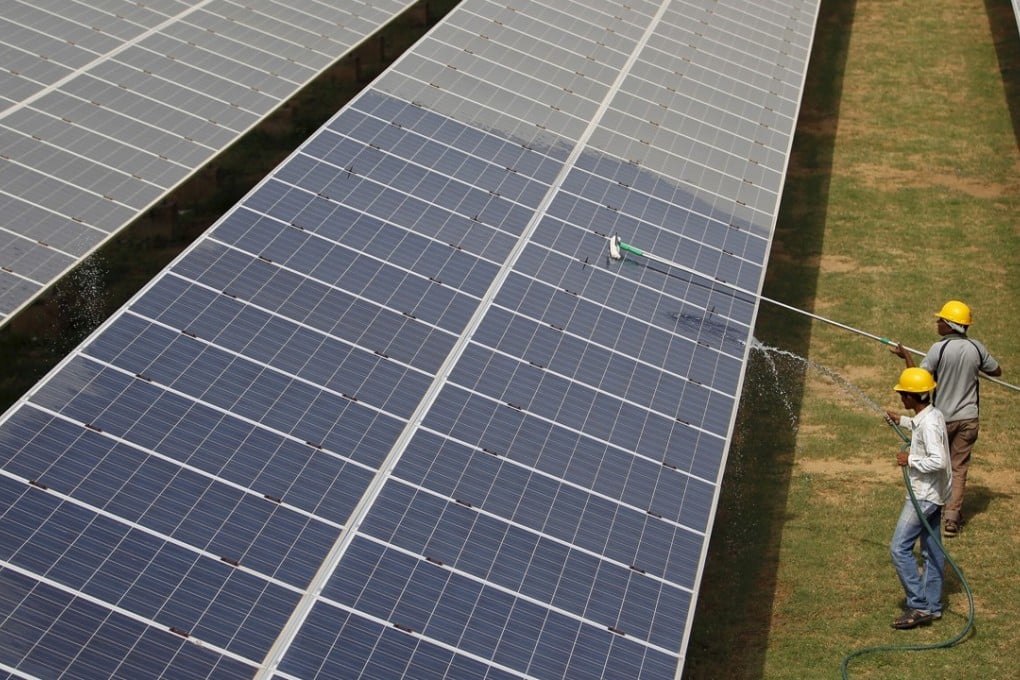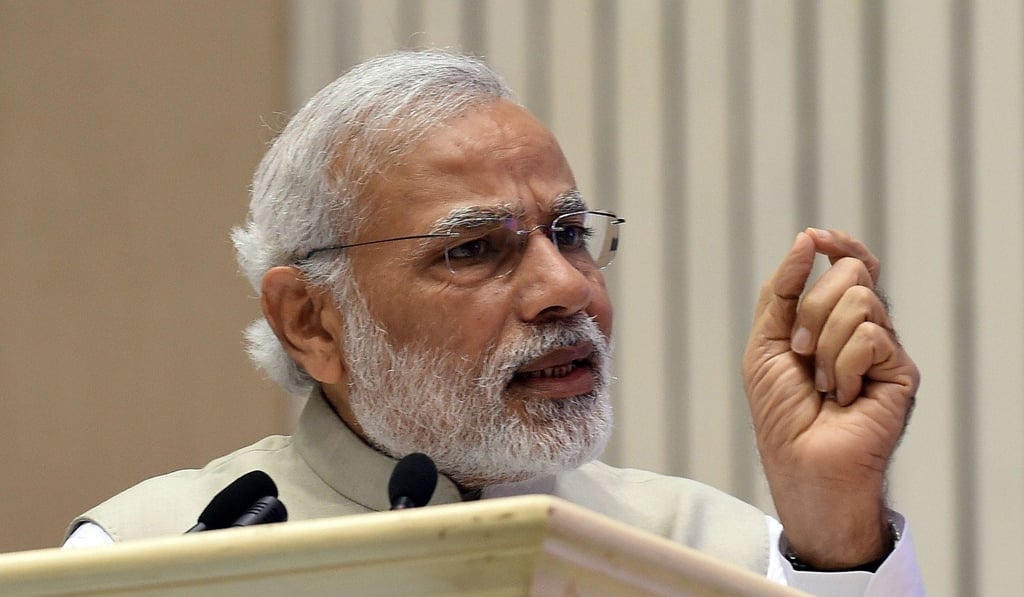Why is Modi’s ‘clean energy’ India bankrolling dirty coal?
Even with the cost of renewables dropping 50 per cent in recent years, Prime Minister Narendra Modi’s government still pressures banks to loan money to the coal industry

The Delhi-based non-profit Centre for Financial Accountability (CFA) has found that the polluting coal industry received thrice as much investment as renewable energy industry in 2017. Most importantly, more than half of that investment came from state-funded banks and financial institutions. Not only existing power plants, but even new coal plants that began last year were funded by government banks.

Greenpeace found that 65 per cent of the country’s existing coal mines are not competitive compared to solar and wind power. As a result, private capital is rapidly withdrawing from coal power projects.
“It seems like the government and public financial institutions are living in a bubble devoid of market forces. The shift against coal and towards solar and wind is quite well established in the financial markets now and investing in coal has and will expose public banks to further bad loans,” said Joe Athialy, executive director of the CFA, in a statement.
Will India and Asean counterbalance China?
“Usage of coal will not see a decrease but will certainly plateau out in the near future. The cost of renewables has reduced as much as 50 per cent in the past few years,” said Vaibhav Chaturvedi of the Council on Energy, Environment and Water, a New Delhi-based non-profit. “The government has done a lot to aid the renewables; not sure how funding the coal sector will help,” he said.